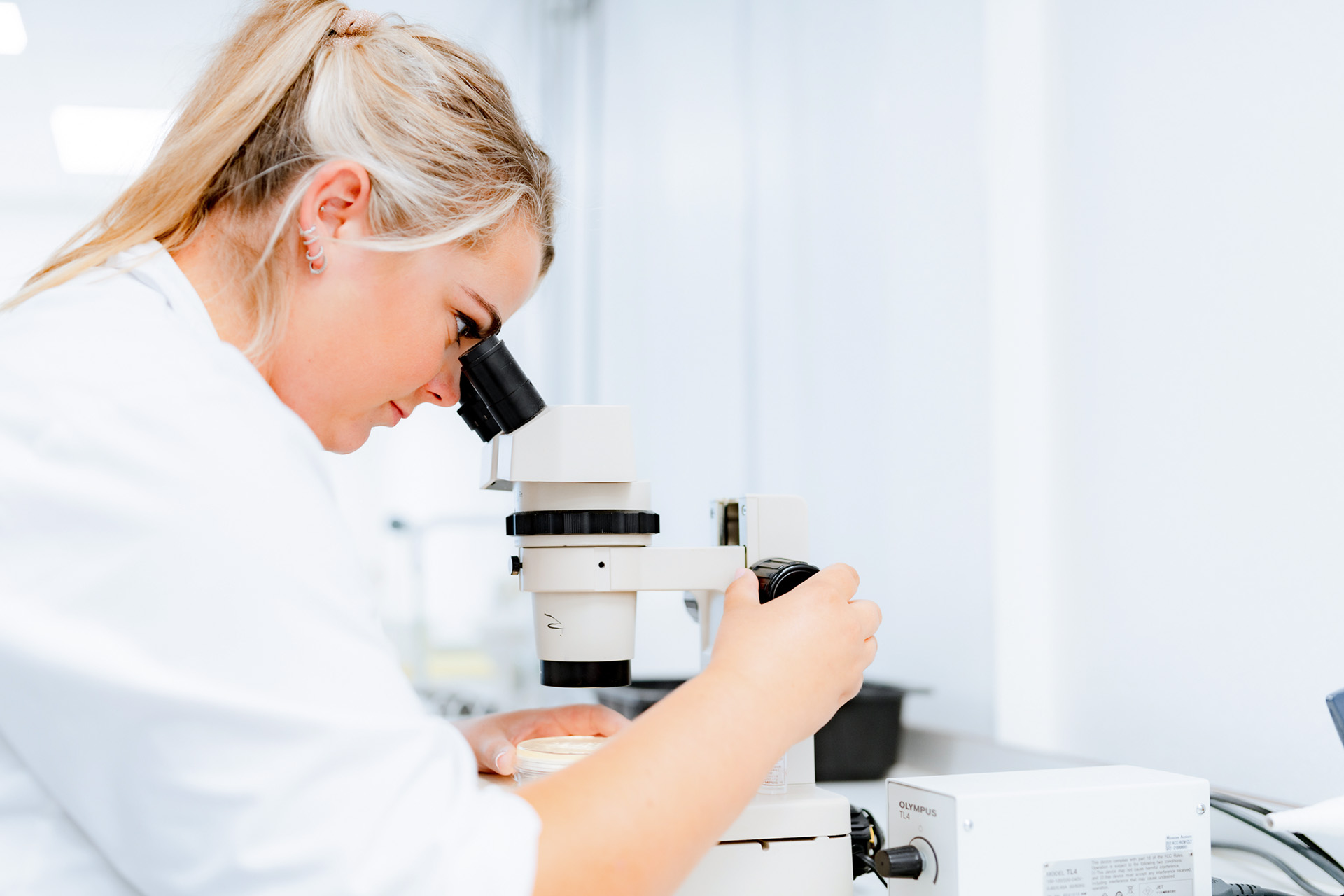Microbiological Analysis


In order to guarantee food safety, as a food company you must continuously perform microbiological analysis on the products produced. This must be done before the products go to the consumer in order to protect the consumer.
Microbiological research on food is required by law. Food law EU 178/2002 obliges every food company to only place safe food on the market because it should not make consumers ill.
There are also various microbiological criteria for foodstuffs laid down in the legislation. Based on these, you as a food company can determine which micro-organisms are applicable to the products. And which ones you should investigate. You can also use the criteria to determine which standards/limits apply. This is used to assess whether the result found complies with the legislation and is safe for the consumer.
To find out if your food meets the requested criteria, we look for different types of micro-organisms. In our laboratory we grow the micro-organisms in Petri dishes. After an average of 3 to 5 days we then make a statement about:
In addition to the traditional method (as mentioned above), we also use the Real time PCR method. Based on the genetic material (DNA) of micro-organisms, we make a statement about whether or not these are present in the food.
Below you will find a selection of the micro-organisms for which we can perform a microbiological analysis.
| General indicators | Pathogens | Water investigation |
|---|---|---|
| (An)aerobic colony count | Listeria monocytogenes | E. coli |
| Enterobacteriaceae | Listeria spp | Coliforms |
| Coagulase positive staphylococcus | Salmonella spp | Colony count at 22˚C / 36˚C |
| Coliforms | E. coli & STEC | Enterococci |
| Streptococci | Bacillus cereus | |
| Yeast & Fungi | Campylobacter | |
| Lactobacilli | Clostridium perfringens | |
| Lactic acid bacteria | Sulfiet reducing Clostridia |